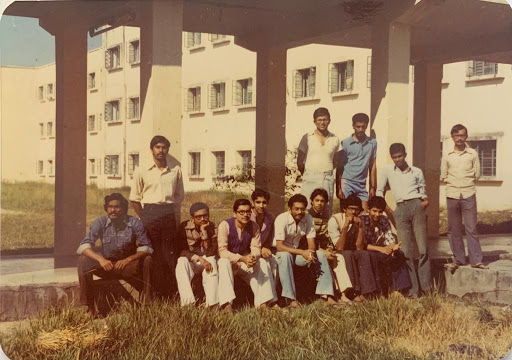Building CRUD Applications on the Blockchain - Part II

Once the basic architecture or the big picture of the blockchain ecosystem -- as explained in Part I of this article -- is understood, we can now move into the nuts-and-bolts of actually building a software application. To do so, we need the following four pieces : An Ether wallet - to store Ether and pay it out when necessary A Solidity development environment or IDE to build contracts A connection service provider that allows client software to connect to the Ethereum network A platform or IDE to build a client software that can execute transactions against Solidity contracts residing on the blockchain 1. The Ether Wallet - MetaMask An ether wallet is a Solidity contract with an address ( think Bank Account Number) and a private-key (think Specimen Signature in a Bank Account) that resides on the blockchain. What is commonly understood as an ether wallet is actually a client application that can execute payment transactions from the Solidity wallet-contract. So we will refer to...









